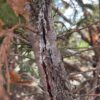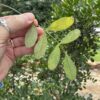10 Tips from Your Local Arborist to Enhance Your Tree’s Health
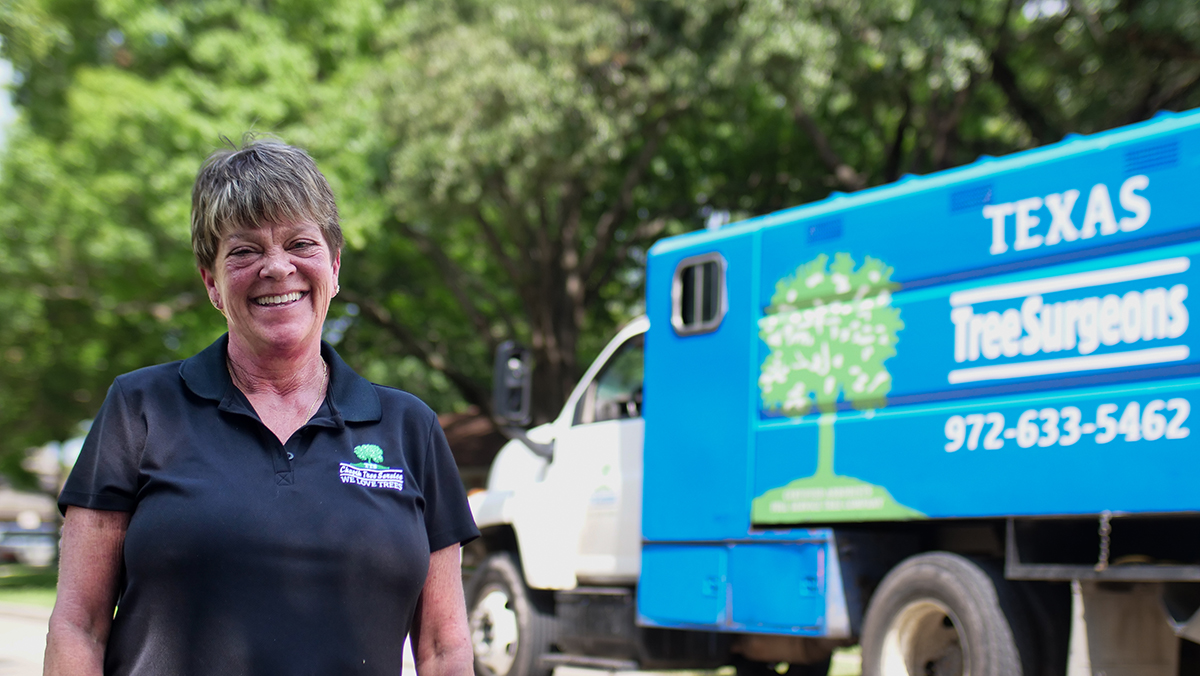
Trees are an integral part of our environment, providing shade, beauty, and clean air. As living organisms, they require care and attention to thrive. Who better to offer advice than your local arborist? Here are some expert tips to ensure your trees stay healthy and vibrant for years to come.
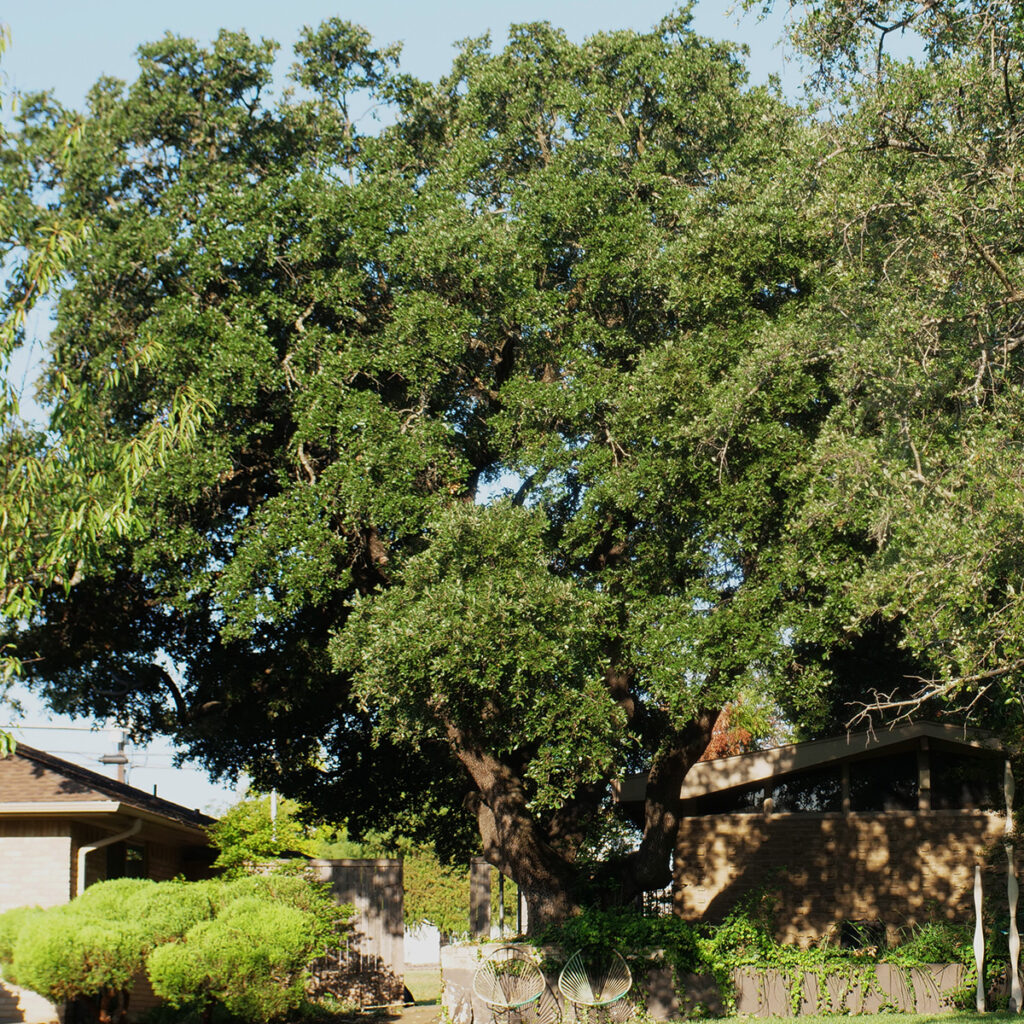
1. Understanding Your Tree’s Needs
Each species of tree has its own unique requirements. Knowing what your trees need in terms of sunlight, soil, and water is the first step to proper care. Begin by evaluating the specific environment each tree is planted in. For instance, an oak might thrive in well-drained soil and full sunlight, whereas a maple might require more moisture and partial shade. This evaluation ensures that your management practices are aligned with the tree’s natural habitat, aiding in healthier growth.
Consulting with a local arborist can provide invaluable insights. They bring extensive knowledge about local climate conditions and common tree species, helping tailor a care plan that best suits your outdoor space. Understanding factors like soil pH and regional pests is crucial. When you combine this knowledge with expert advice, it forms a comprehensive approach to tree care that promotes longevity and vitality.
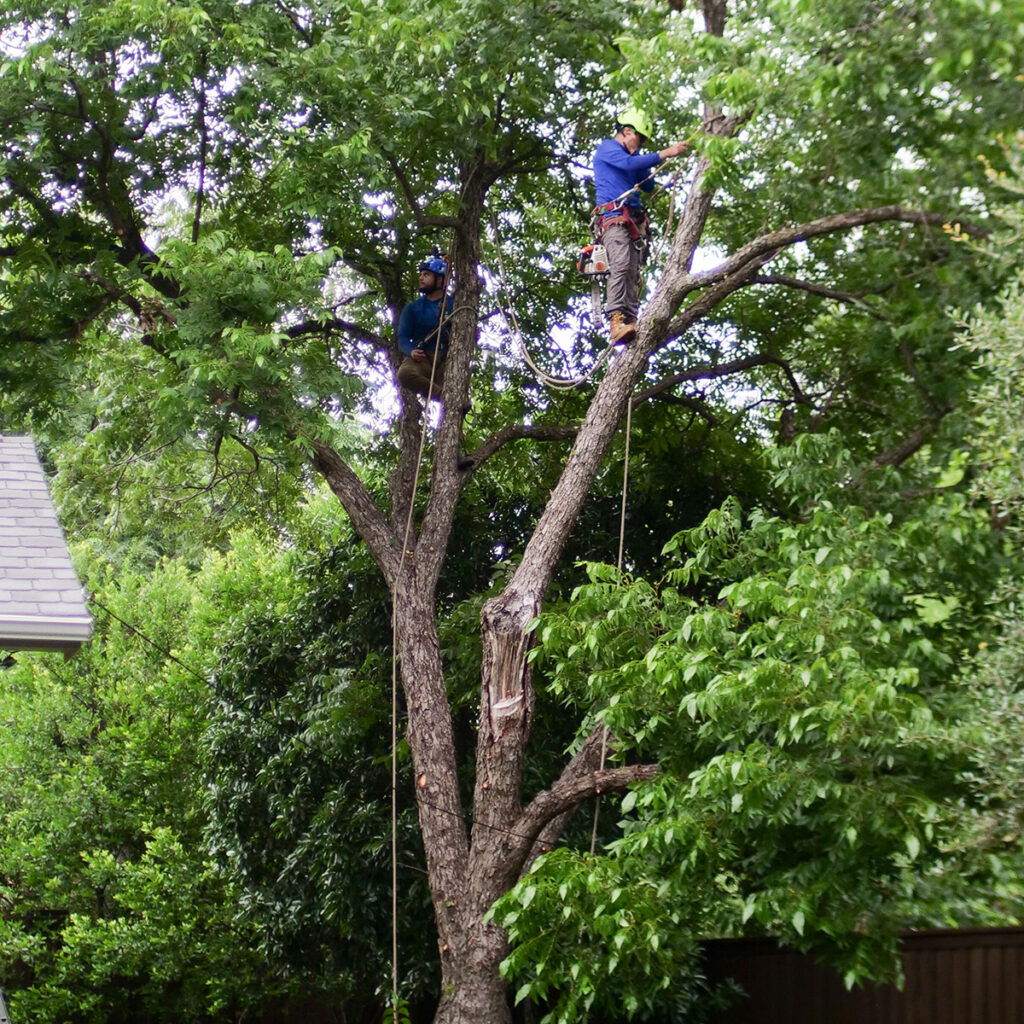
2. The Importance of Regular Pruning
Regular pruning helps remove dead or diseased branches, encourages healthy growth, and improves the tree’s structure. It’s a key part of maintaining healthy trees. Proper pruning techniques can enhance the aesthetic of your landscape, allowing trees to form strong frames that support healthy blooms and foliage. Beyond aesthetics, well-timed pruning can prevent uncontrolled growth that might interfere with power lines or property structures.
Pruning also addresses potential safety hazards by reducing the likelihood of falling branches, especially during storms. With a strategic pruning schedule, trees are less likely to succumb to diseases. This is crucial as diseases can spread rapidly, threatening not just the affected tree but also nearby flora. Enlisting a professional guarantees that the pruning is done correctly, ensuring the tree’s health and your safety.
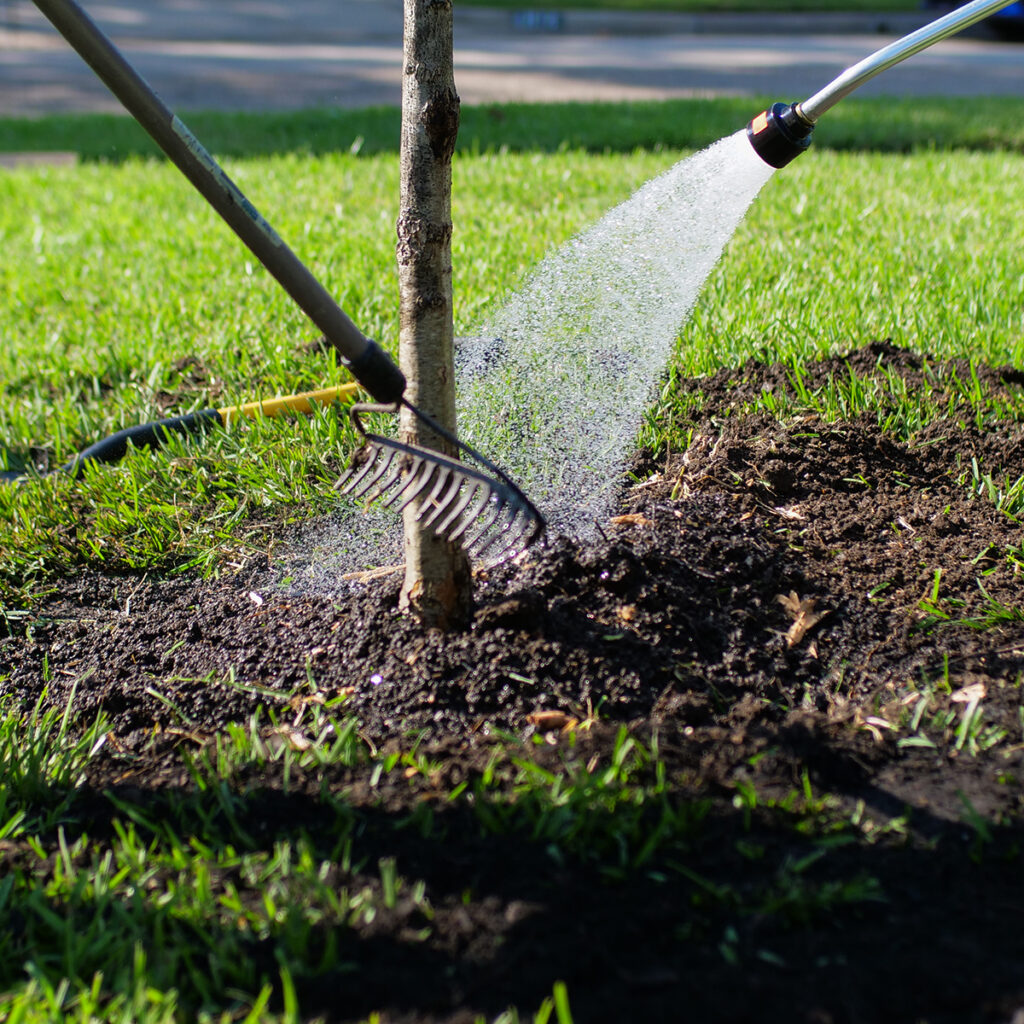
3. Watering Wisely Based on the Season
Trees have different water needs throughout the year. Knowing when and how much to water can ensure your trees are neither parched nor waterlogged. In spring and summer, trees require more water due to increased growth activity. However, overwatering during these seasons can lead to root rot and other diseases. Conversely, during the fall and winter, trees enter a dormant phase and their water needs decrease significantly.
A smart irrigation system or regular check-ins with a local arborist can help regulate your watering schedule. An important tip is to water deeply but infrequently, encouraging roots to grow deeper into the soil, which prepares them for periods of drought. This habit fosters resilience in trees, promoting their ability to withstand unpredictable weather patterns associated with climate change.
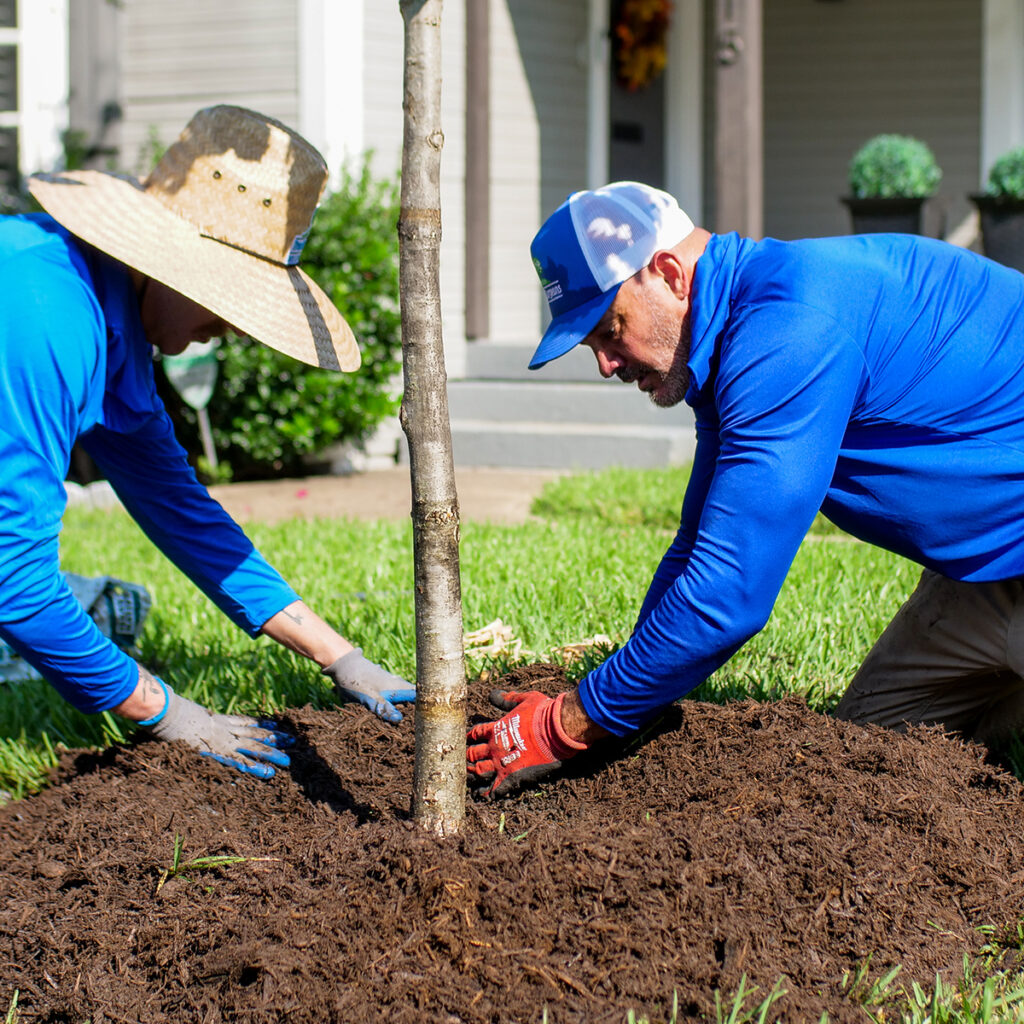
4. Mulching and Its Benefits
Mulching can help retain soil moisture, prevent weeds, and provide essential nutrients as it breaks down, making it a crucial part of tree care. By applying a 2-4 inch layer of organic mulch around the base of the tree, you create an insulating barrier that benefits the roots. This means that the soil temperature remains more constant, even during extreme seasonal changes.
Moreover, mulch acts as a barrier against pests and diseases. It reduces the need for herbicides and pesticides, creating a natural weed deterrent. This leads to a healthier environment for your trees, with less chemical interference. As the mulch decomposes, it enriches the soil with nutrients, ultimately contributing to the overall ecosystem health around your trees.
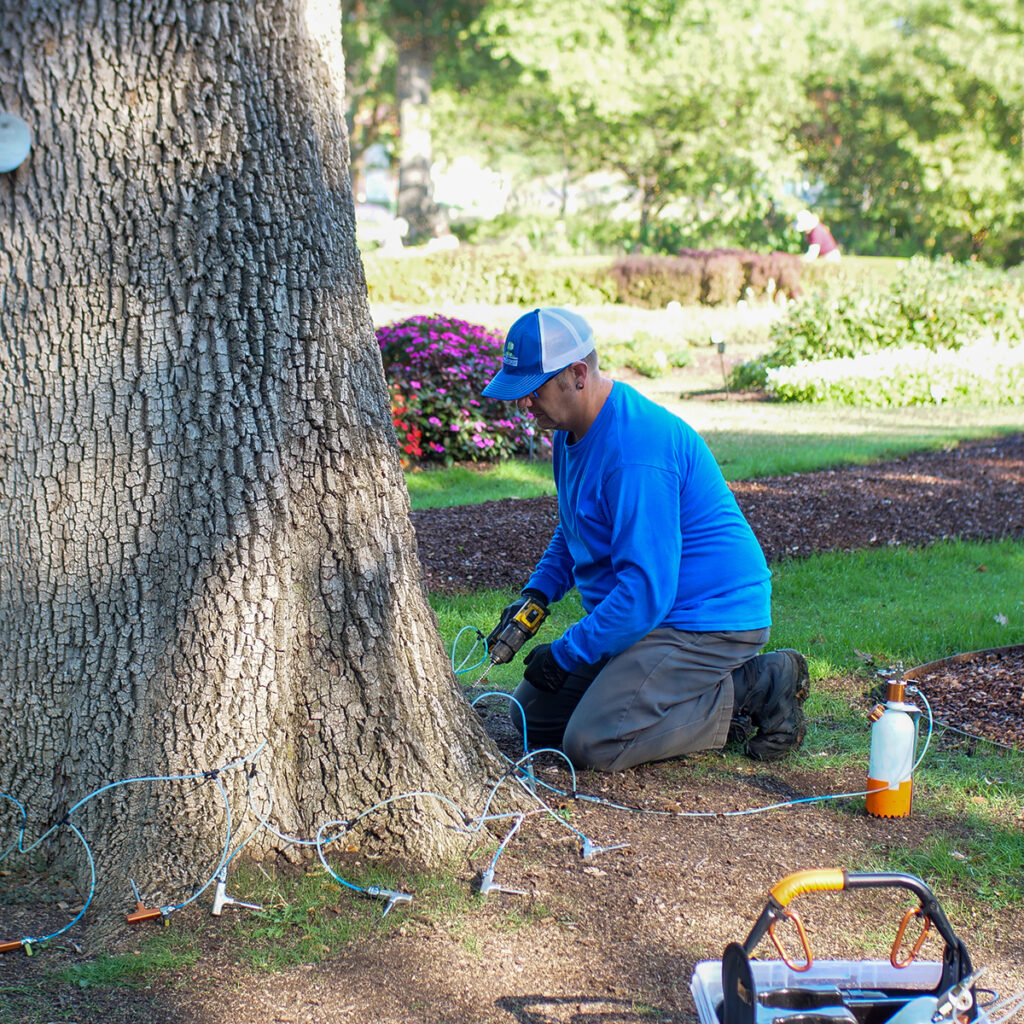
5. Protecting Trees From Pests
Pests can cause significant damage to trees. Identifying and managing pest threats can go a long way in maintaining tree health. Regular inspections help spot early signs of pest infestations, such as discolored leaves or abnormal growths. Arborists recommend implementing Integrated Pest Management (IPM) techniques, which target pests while minimizing harm to beneficial organisms.
Opting for natural pest control solutions can be both environmentally friendly and effective. Simple practices like encouraging bird populations can naturally control insects like caterpillars or beetles. Additionally, you can explore the use of native plants around trees, which can deter pests naturally without resorting to chemical sprays. For persistent problems, seeking assistance from a professional arborist ensures safe and effective pest management.
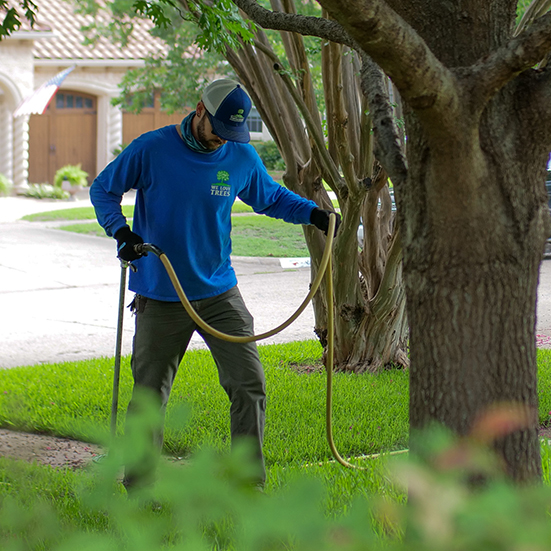
6. The Role of Fertilization
Fertilization provides trees with essential nutrients that natural soil may lack. Knowing the right type and amount of fertilizer is important for tree health. Trees rely on macro and micronutrients and by consulting with a certified arborist on a Tree Health Care plan they will recommend the best plan of action to help make sure your trees thrive.
An over-fertilized tree can suffer from “burn” symptoms, while under-fertilization can hinder its growth and resistance to environmental stresses. Consulting a local arborist can help you determine a balanced fertilization regime tailored to your land’s specific conditions. Visit them yearly to adjust the regimen to the tree’s changing needs, ensuring it receives adequate support throughout its life.
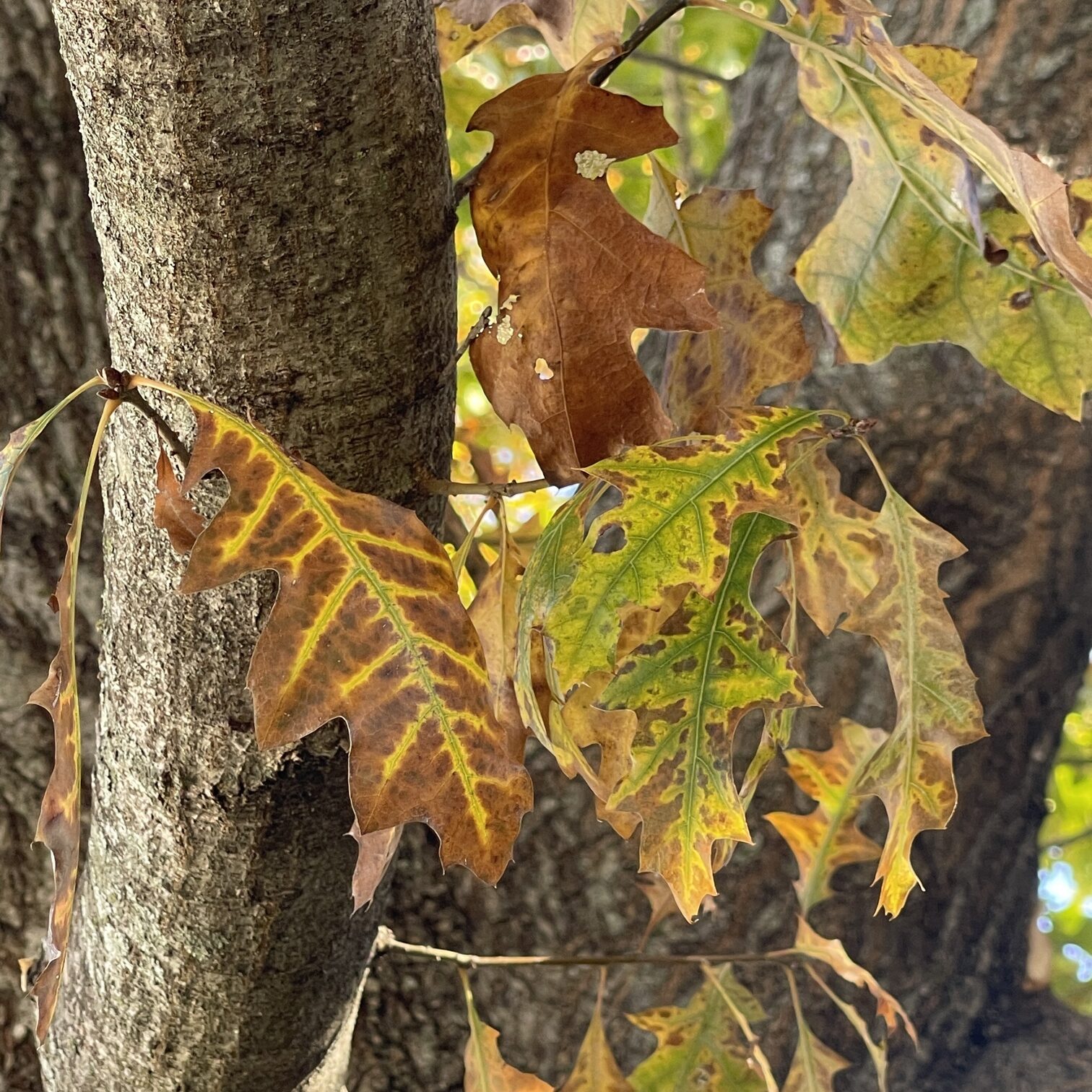
7. Recognizing Signs of Tree Stress
Trees can show signs of stress through their leaves, branches, or bark. Learning how to recognize these signals can help address potential issues early. For example, wilting leaves or early leaf drop can indicate water-related stress, while the appearance of fungi might signal decaying wood or a weakened immune system. Also, watch for physical signs like cracked bark which could imply deeper structural issues.
By acting swiftly, you can prevent minor stress indicators from becoming major problems. Engaging with a local arborist provides additional expertise in diagnosis and treatment options. Regular observation is key—like spotting insect manifestations or environmental damage—that, left unchecked, might impede a tree’s growth and health.
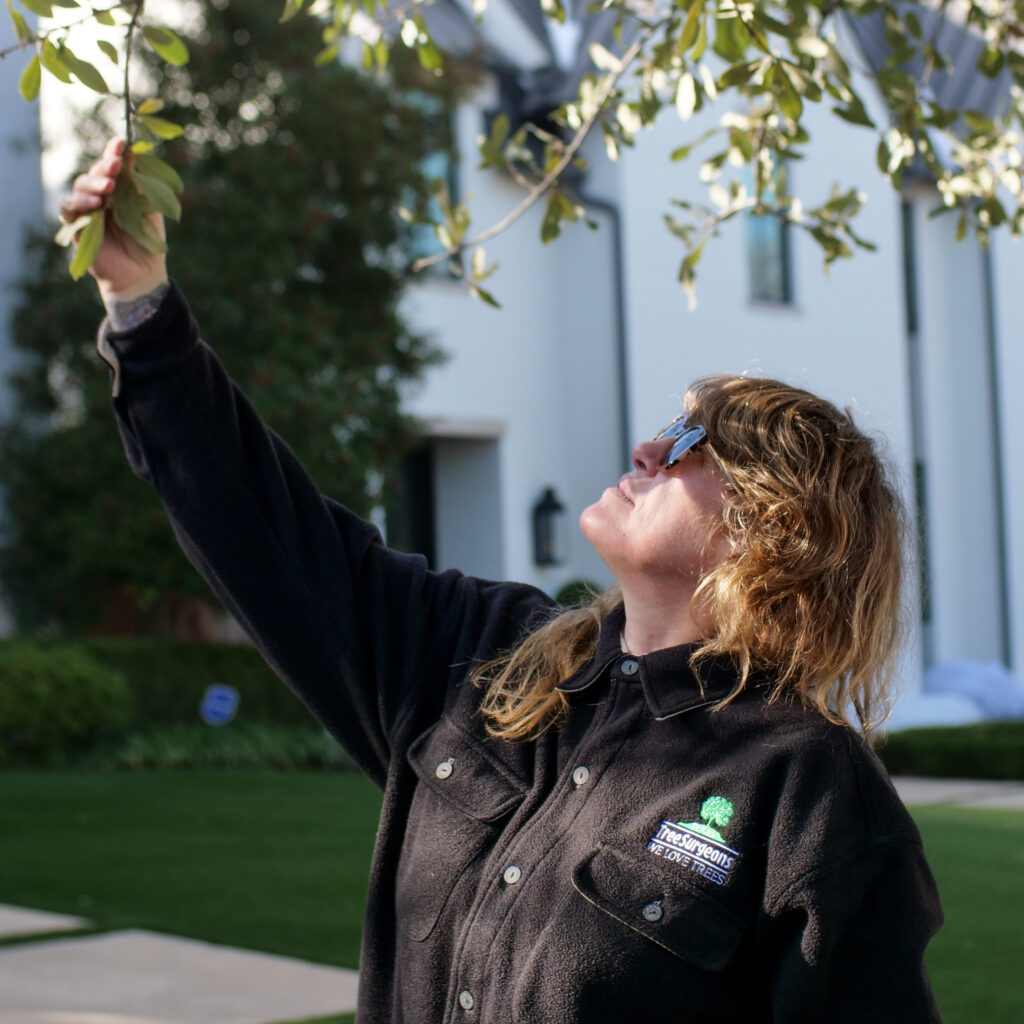
8. Investing in Professional Tree Inspections
Regular inspections by a professional arborist can identify unseen issues, ensuring your trees remain healthy and beautiful. Arborists have the skills necessary to detect subtle changes in tree health that are often beyond the average gardener’s eyes. This proactive approach ensures potential diseases or environmental stressors are identified before they inflict significant harm.
Moreover, investing in regular tree assessments ensures compliance with local regulations and safety standards, especially if your trees interrelate with community infrastructures like power lines or public pathways. By aligning with professional advice, you not only safeguard tree health but also contribute to community safety and compliance. This practice proves crucial in urban landscapes where tree and human activity intersect closely.
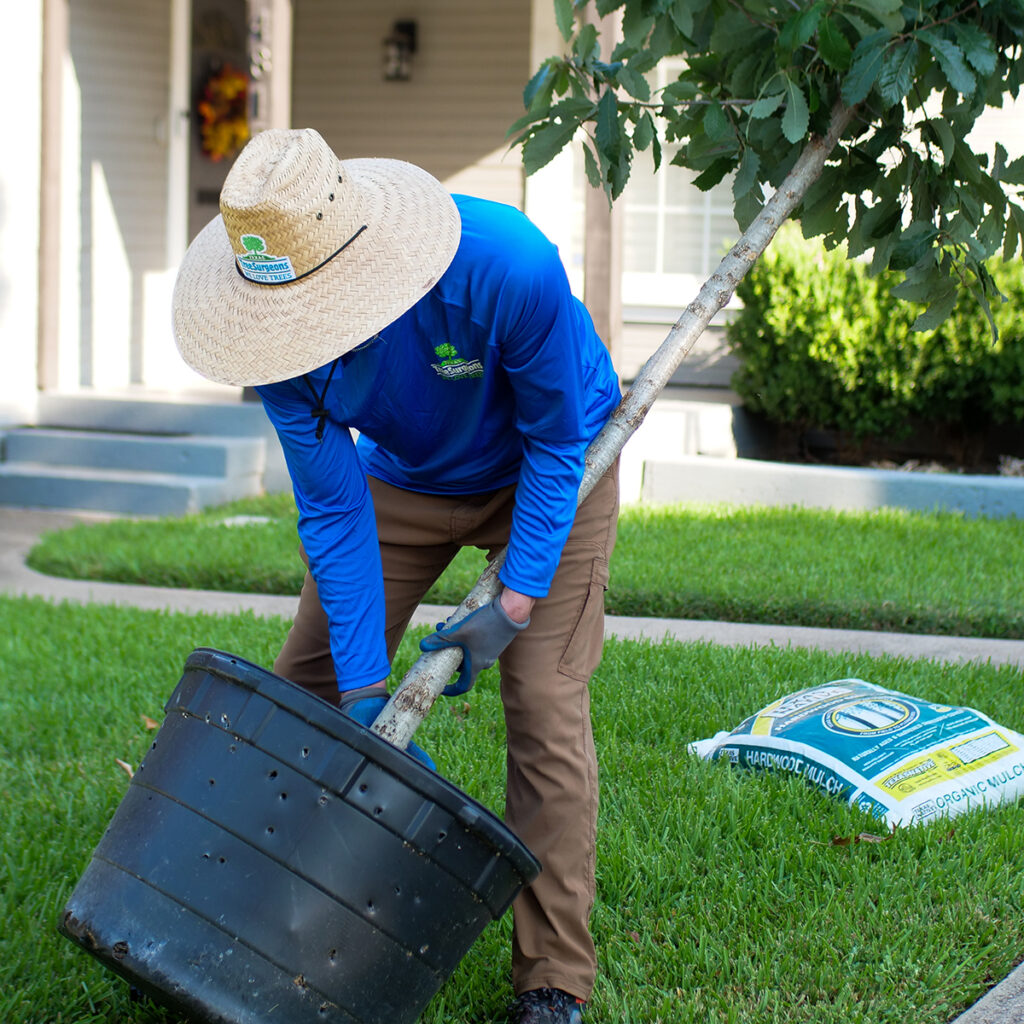
9. The Benefit of Proper Planting Techniques
Correct planting techniques set the foundation for a tree’s entire life. Understanding the right depth and positioning can prevent many future issues. For instance, planting a tree too deep or shallow can impact its health and stability negatively. Consider climate, common local pests, and available sunlight when deciding on a planting location. Early planning assures proper root development and increases the tree’s chance of thriving.
Professional input on proper tree planting can prevent these foundational missteps. Ensuring root flare visibility, soil preparation, and adequate space for root expansion are among the nuances a professional arborist might face. Such considerations not only promote growth but also include tree benefits in overall landscape aesthetics.
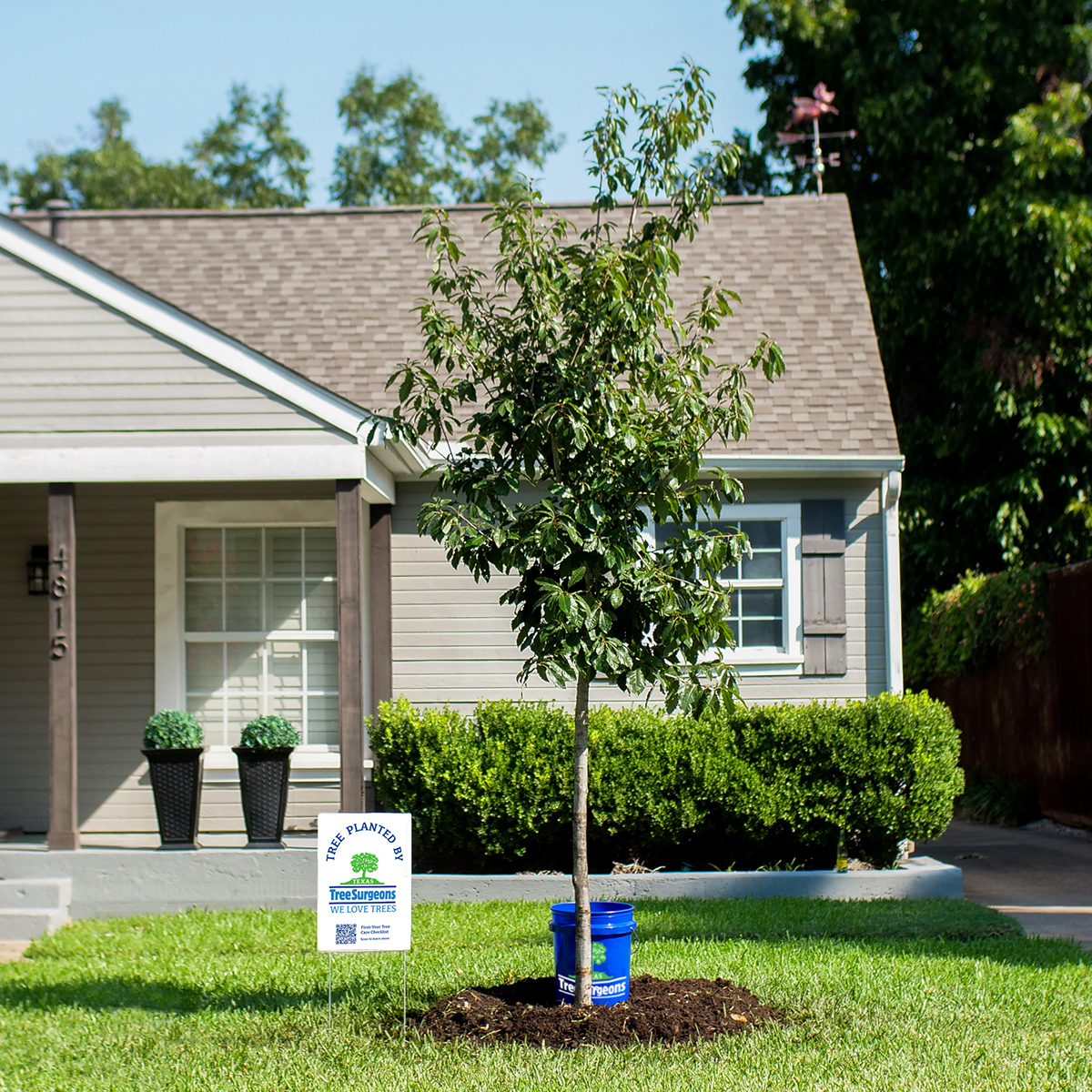
10. Establishing a Sustainable Tree Care Plan
Implementing a sustainable care plan helps maintain not only the health of the trees but also the surrounding ecosystem. Considerations such as species diversification can improve urban landscapes’ resilience, addressing biodiversity loss and enhancing resilience against pests. Sustainable practices also avoid overuse of water resources and maintain local soil integrity.
A thoughtfully curated tree care plan should focus on long-term vitality and environmental harmony. It necessitates partnerships with local arborists to tailor steps for regular tree care in sync with environmental and urban regulations. Sustainable choices not only benefit today’s trees but serve as a legacy for future generations who will enjoy well-maintained archives of biodiversity in their communities.

At Texas Tree Surgeons we love trees. By proactively maintaining your tree you will increase their longevity, vigor, and your properties investment.
Trees = time. The shade we enjoy doesn’t show up overnight. By protecting your trees and making sure they can be enjoyed for generations is the best way to look into the future with hope and prosperity.
Related Blogs
Similar blogs related to this topic
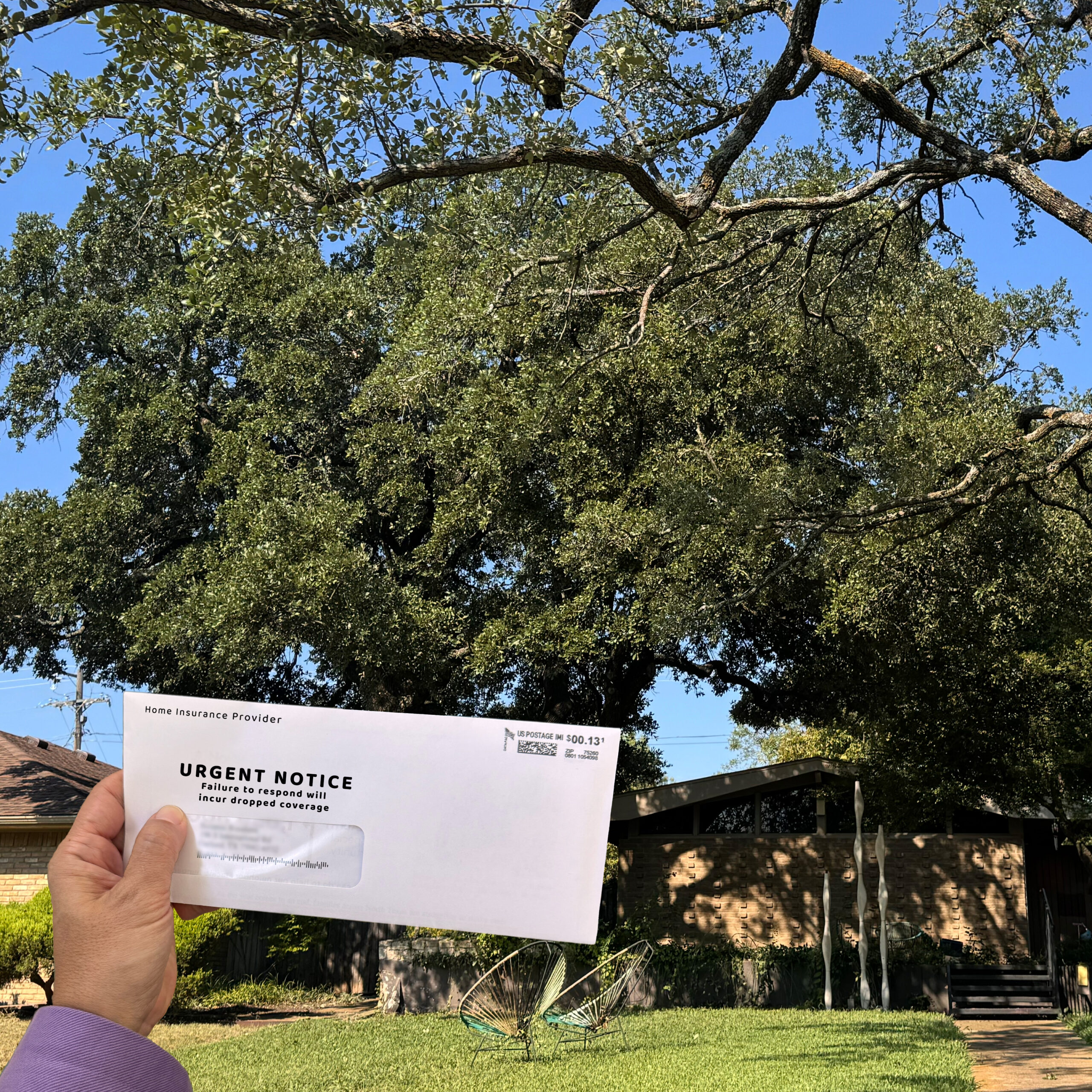
Facts About Home Insurance & Trees
It’s becoming way too common, especially in Texas, homeowners receiving a threatening letter from their insurance company to drastically remove all tree limbs over a structure to prevent them from falling onto the house. Don’t…
Read more
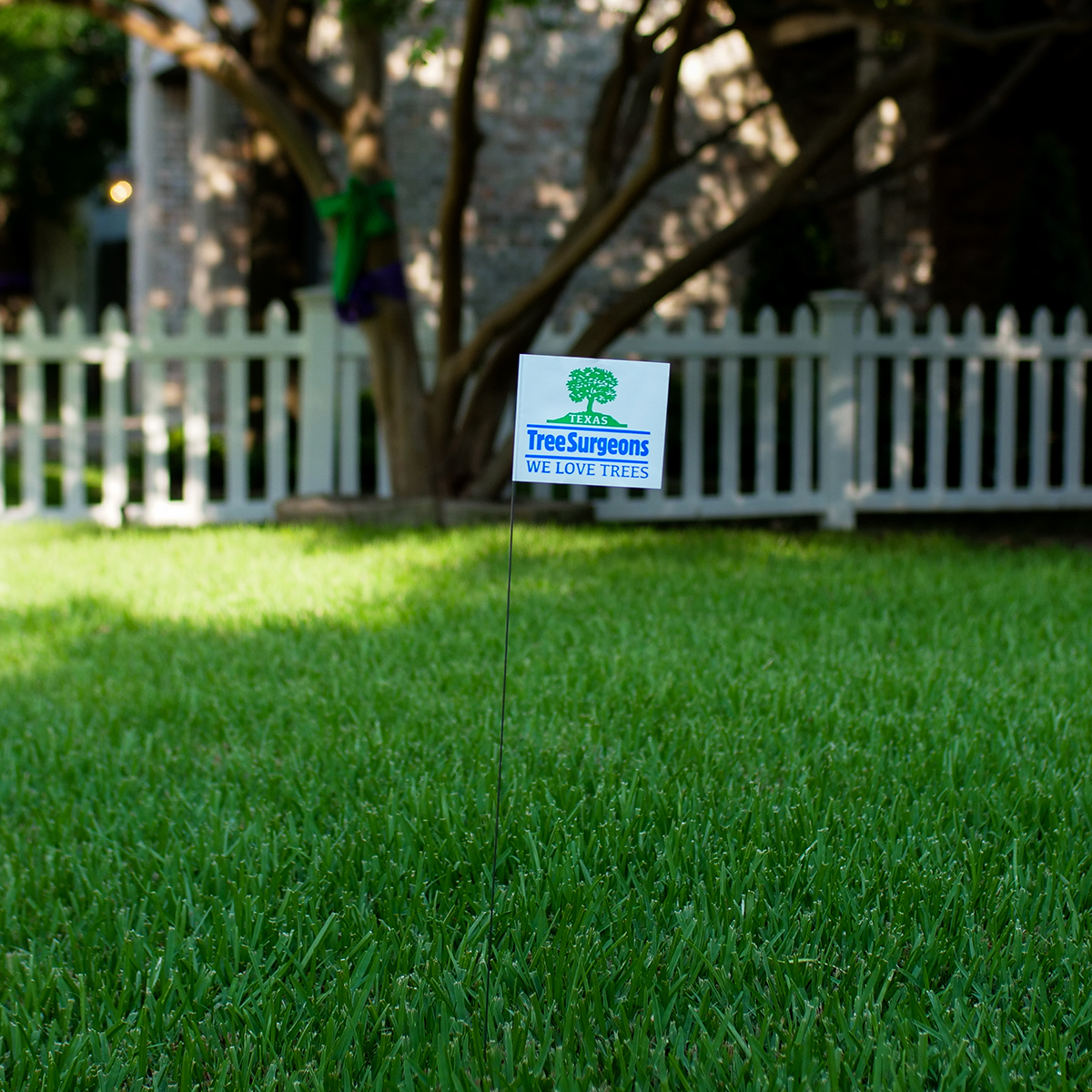
Avoid These Tree Care Mistakes for a Healthy Landscape
Below is a list of overlooked mistakes that could jeopardize the health of your trees. From missteps in pruning to incorrect watering practices, discover how to give your trees the care they deserve. Red oak…
Read more
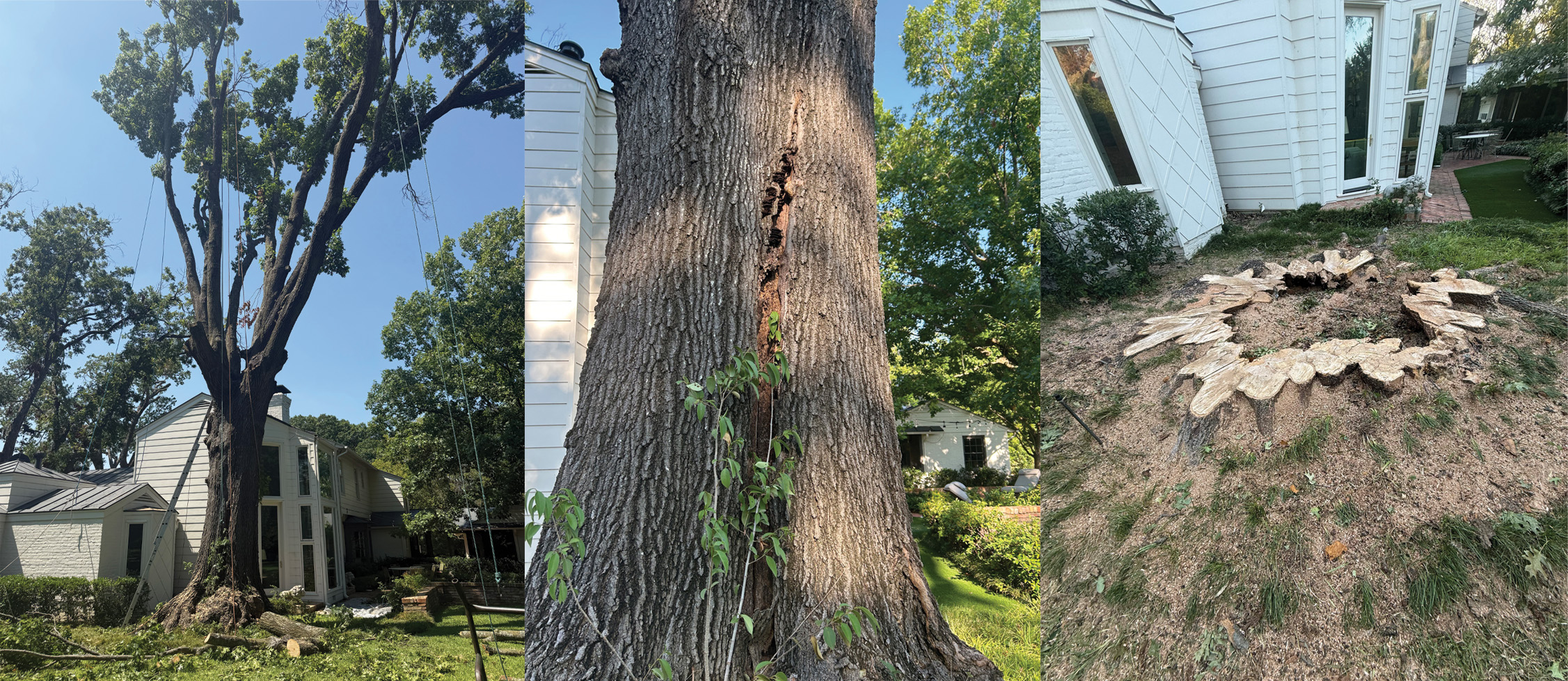
10 Signs You Need Emergency Tree Removal Services
Trees add beauty and value to any property, but when they’re damaged or diseased, they can become a liability. This is why we recommend annual tree assessments from a certified arborist. Annual arborist inspections allow…
Read more